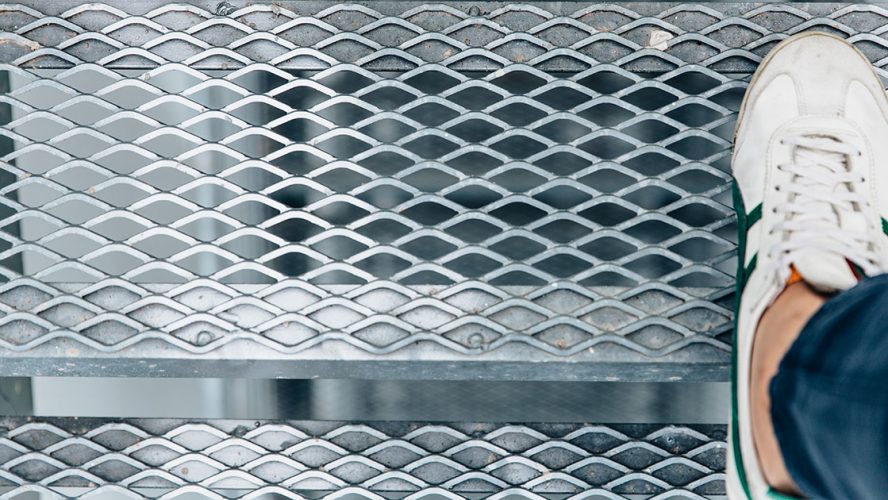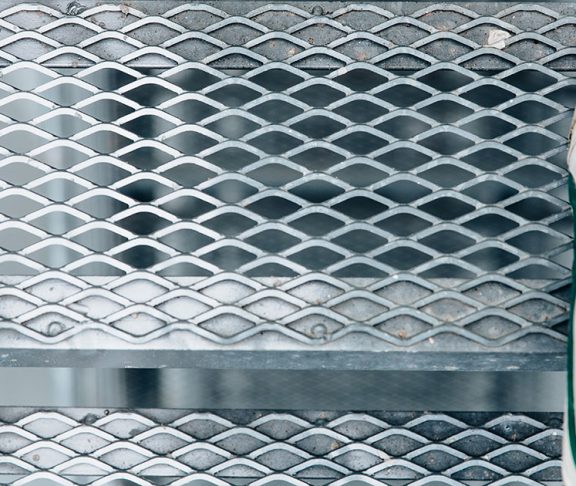Perhaps the greatest challenge faced by podiatric physicians and surgeons is in the diagnosis and management of people with diabetes. In particular, patients with peripheral neuropathy who lose sensation in their feet as a result of diabetes are more likely to develop ulcers and limb-threatening infections that can lead to amputations.
Pain as a warning
Patients with sensory neuropathy are said to lack “the gift of pain.” Because they can’t feel injuries or blisters, they can develop an ulcer on the bottom of their feet in the same way that people without neuropathy might wear a hole in a pair of socks. It is critically important that we use advances in technology to diagnose, treat, and prevent lower extremity complications of diabetes.
One of the ways in which we can do this is to monitor temperature changes, or asymmetry, between corresponding locations on patients’ feet. Previous studies have shown that increases in temperature may represent localized inflammation that can precede skin breakdown. In other words, the foot heats up before it breaks down.
Real-time intervention
In the past, we asked patients to monitor foot temperature at home using a hand-held thermometer. The patient would then record the temperatures in much the same way as they might keep a log of blood sugars. However, this approach posed several challenges, including issues of compliance and communication between patient and doctor. What good would it be if a patient identified a “hot spot” on the bottom of their foot, but nothing further was done?
Recently, I started work on a pilot study, in which patients receive a wireless mat, to use at home. The mat measures foot temperature and connects to a cloud-based system that can analyze and detect temperature asymmetry. If a “hot spot” is detected, I receive an alert either via text or email, and I reach out to the patient directly to initiate a treatment plan. If we can prevent just one ulcer, infection, amputation, ER visit, hospitalization with this easy-to-use, smart mat technology, then we may be on to something big.

